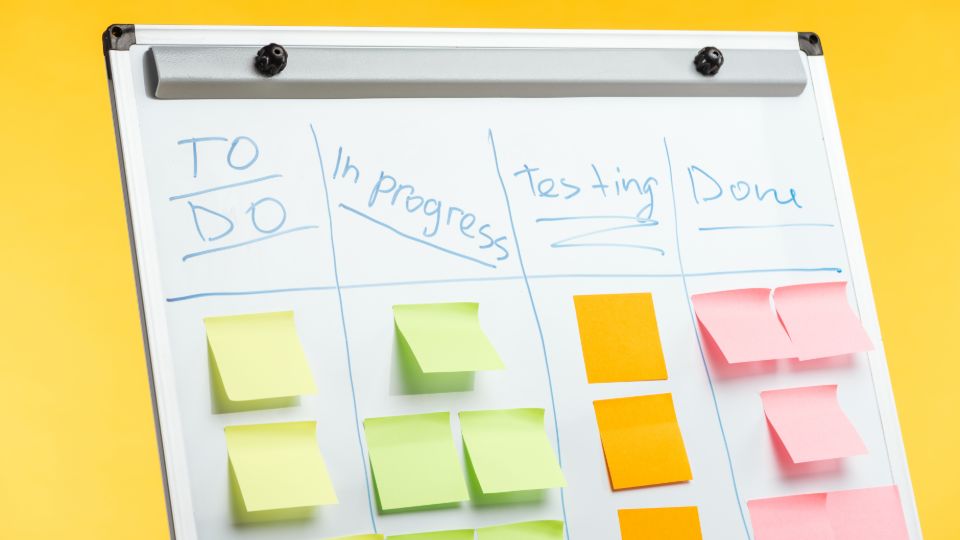What is a Retro Template in Agile?
Agile project management emphasizes adaptability and continuous improvement, and one of the key practices in Agile is the retrospective, or "retro." A retro template plays a crucial role in facilitating these retrospectives, helping teams reflect on their performance and plan for future sprints. In this article, we’ll explore what a retro template is and how it enhances the Agile process.
Understanding Agile Retrospectives
An Agile retrospective is a meeting held at the end of an iteration or sprint where the team reviews what went well, what didn’t, and what can be improved. The goal is to foster a culture of open communication and continuous learning. A well-structured retro template ensures that these meetings are focused and productive, leading to actionable insights.
Components of a Retro Template
A retro template typically includes several key components that guide the discussion:
1. Set the Stage
This section is designed to create a safe space for team members to share their thoughts. It may include icebreakers or guidelines for respectful communication, ensuring everyone feels comfortable contributing.
2. Gather Data
In this phase, team members share their experiences from the sprint. The retro template may prompt participants to discuss what went well, what challenges they faced, and any unexpected issues that arose. Using visual aids like charts or sticky notes can enhance this data-gathering process.
3. Generate Insights
Here, the team analyzes the data collected. Participants identify patterns, root causes of issues, and opportunities for improvement. This critical reflection helps in understanding not just what happened but why it happened.
4. Decide on Actions
The final component involves determining actionable steps for the next sprint. The retro template should encourage the team to prioritize these actions based on impact and feasibility. This ensures that the insights gained are translated into concrete improvements.
Benefits of Using a Retro Template
Implementing a retro template brings numerous advantages:
- Structure: A clear template keeps the meeting focused and organized, reducing the risk of wandering discussions.
- Inclusivity: It encourages participation from all team members, fostering a sense of ownership over the process.
- Continuous Improvement: By regularly reviewing and acting on feedback, teams can evolve and enhance their workflows.
Why Choose Vabro for Agile Retrospectives?
When it comes to optimizing your Agile retrospectives, Vabro stands out as an invaluable tool. Vabro offers customizable retro templates that can be tailored to fit the unique needs of your team. Its user-friendly interface and collaborative features make it easy for teams to engage in meaningful discussions. Unlike traditional tools, Vabro streamlines the retrospective process, ensuring that actionable insights lead to real improvements. Choose Vabro for a more efficient, impactful approach to Agile retrospectives and take your team’s performance to the next level.
